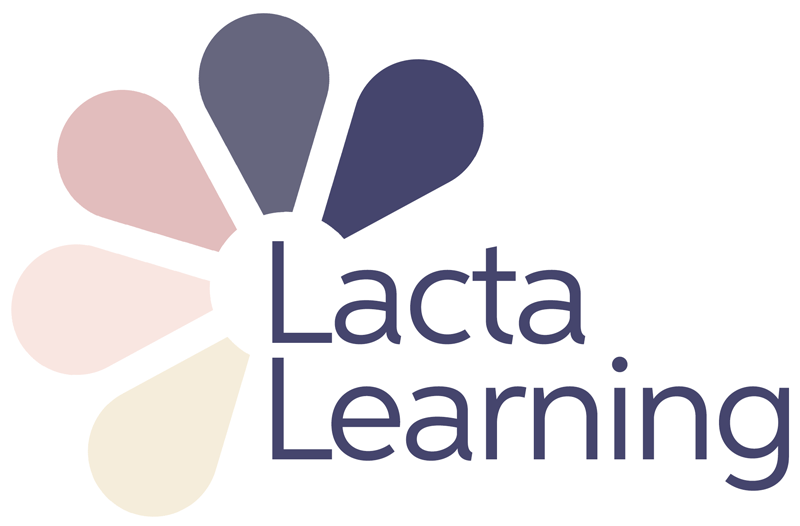LactaLearning Courses
95-Hour Clinical & Communication Lactation Specialist (CCLS) Self-Study Course
The Clinical and Communication Lactation Specialist (CCLS) course is designed for professionals working with breastfeeding families and students who want a single source for all 95 L-CERPs needed to qualify for the IBLCE exam, including the required five communication skills credits and two hours on the WHO Code.
50-Hour Lactation Counselor & Educator (LCE) Self-Study Course
Lactation Counselor & Educator (LCE) training provides you with the foundational clinical and communication skills needed to effectively help nursing families. The goal of this course is to provide the skills and insights needed to apply lactation theory to clinical practice.
IBCLC Recertification
Recertification for IBCLC is required every five years. Now, IBCLCs can choose to recertify in one of two ways: by CERPs or by exam. We offer options for both.
IBCLC Exam Prep Course
The IBCLC Exam Prep Course helps you streamline your preparation for the IBLCE exam. LactaLearning’s self-study IBCLC Exam Prep Course follows exactly the IBCLC Detailed Content Outline, so you can focus easily on areas of interest or topics you need.
LactaLearning Book Groups
Want to discuss breastfeeding with some of the top authors in the lactation field? At our book groups, you’ll enjoy fun and interactive discussions plus the chance to ask world-class experts your burning questions. LactaLearning Book Groups are a great way to stay current by boosting your clinical knowledge and skills. Book groups are a perfect offering for individual participants, WIC programs, or breastfeeding organizations.
5-Hour E-CERPs: Ethics for the Lactation Professional
The self-study 5-Hour E-CERPs Ethics for the Lactation Professional virtual course fulfills the 5-hour E-CERPs Ethics Education requirement to recertify as an IBCLC or it can just help you be a better practitioner. This course also fulfills the 2 hours required of material covering the World Health Organization (WHO) Code needed to recertify or become an IBCLC.
5-Hour L-CERPs: Motivational Interviewing for the Lactation Professional
The self-study 5-Hour Motivational Interviewing for the Lactation Professional virtual course fulfills the 5 hours of Communication Skills required to qualify for the IBCLC exam or it can just help you be a better practitioner.
2-Hour E-CERPs Ethics: The WHO Code for Lactation Professionals
The self-study 2 E-CERPs WHO (World Health Organization) Code Ethics virtual course fulfills the 2 hours of required material covering the WHO Code needed to recertify, to become an IBCLC, or to help you be a better practitioner.
